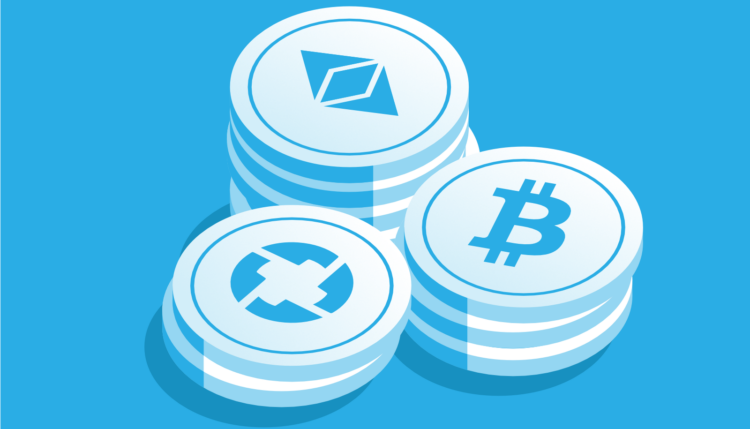The universe of cryptocurrencies is a rapidly evolving space, offering a multitude of opportunities for investors, traders, and technology enthusiasts. While buying and holding (or “HODLing”) is a strategy many are familiar with, there’s another approach to increasing your cryptocurrency holdings: staking crypto.
This method enables you to grow your investments by participating in the blockchain network’s consensus mechanism.
Page Contents
What is Staking Crypto?
Staking crypto refers to the act of allocating your cryptocurrency in a wallet to support the operations of a blockchain network. In return, you earn additional coins as a reward. By doing so, you’re contributing to the network’s stability and earning a form of “interest” on your investment. It’s similar to how a savings account works in a traditional bank, only with potentially higher returns and higher risks.
How Does It Work?

Source: businessinsider.com
When you stake crypto, you’re essentially locking up a portion of your holdings in a digital wallet for a specified period. During this time, the staked coins are used to validate transactions and create new blocks.
The protocol rewards you with additional tokens in proportion to the amount you’ve staked and the length of time you’ve committed to staking. This is a way to both participate in the network’s operation and to increase your cryptocurrency assets.
Pros and Cons of Staking
Advantages
Passive Income: One of the most significant advantages of staking is that it provides a source of passive income.
Network Participation: Staking allows you to participate in governance decisions and other aspects of the blockchain ecosystem.
Lower Transaction Costs: Often, staking can help you to reduce or eliminate transaction fees.
Disadvantages
Risk of Loss: The volatile nature of cryptocurrencies means you could potentially lose your staked amount.
Liquidity: Once staked, your crypto assets are locked for a specific time, meaning you can’t sell them immediately in case of a market downturn.
In the realm of online businesses, accepting cryptocurrency payments has become increasingly popular. One tool that facilitates this is Cryptomus, a payment gateway that allows businesses to accept crypto payments seamlessly. It’s a nifty addition to the world of digital transactions, further enabling the mass adoption of cryptocurrencies.
Best Practices for Staking Crypto

Source: cryptoradar.com
Before you plunge into the world of staking, there are some best practices you should follow:
Do Your Research: Make sure you understand the project, its team, and its long-term viability.
Start Small: Until you are comfortable with the staking process, start with a small amount.
Security: Keep your staking wallet secure, preferably by using hardware wallets.
Future of Crypto Staking

Source: coins.ph
As blockchain technology matures, staking is likely to become a standard feature in many networks. It offers a win-win scenario for both individual investors and the broader cryptocurrency ecosystem. Through staking, networks gain additional security and efficiency, while users earn more crypto assets.
Whether you’re an investor looking for a passive income stream or a blockchain enthusiast eager to support your favorite project, staking crypto offers a compelling opportunity. As the crypto landscape continues to evolve, staking will undoubtedly play a significant role in shaping its future.





